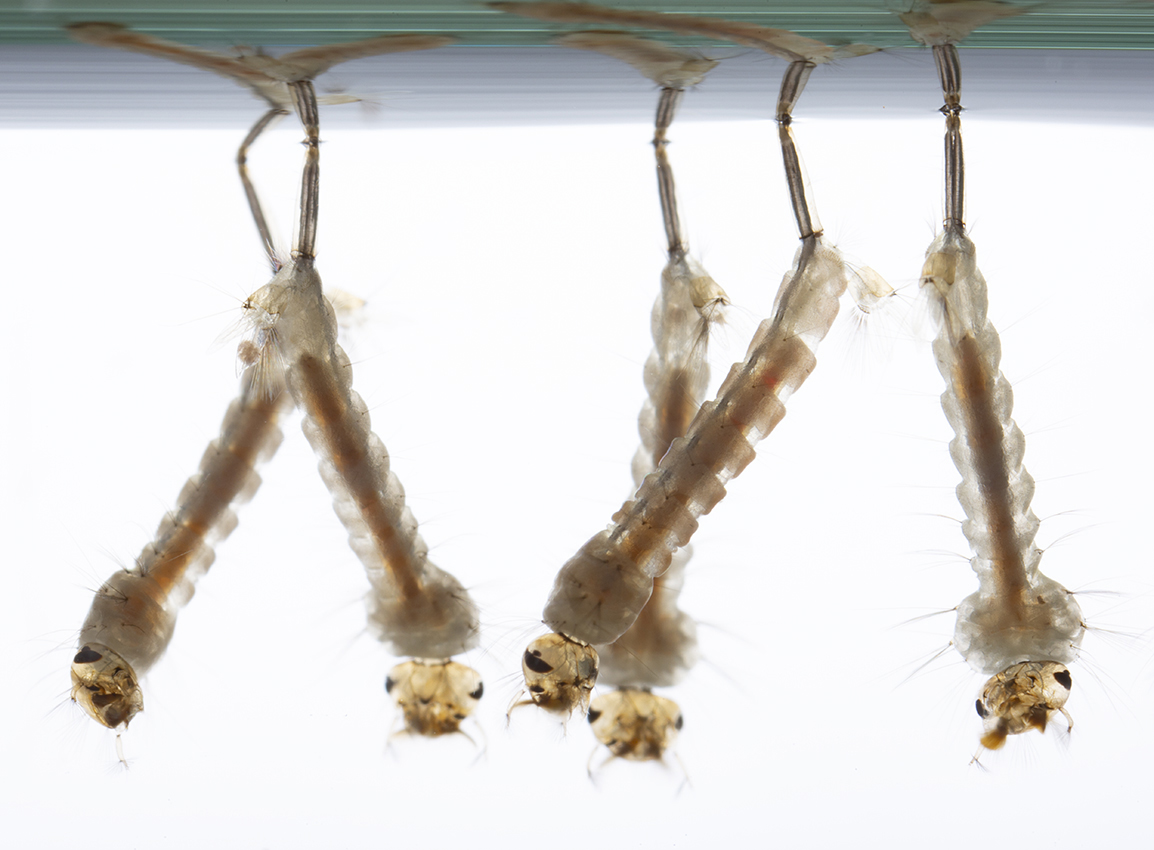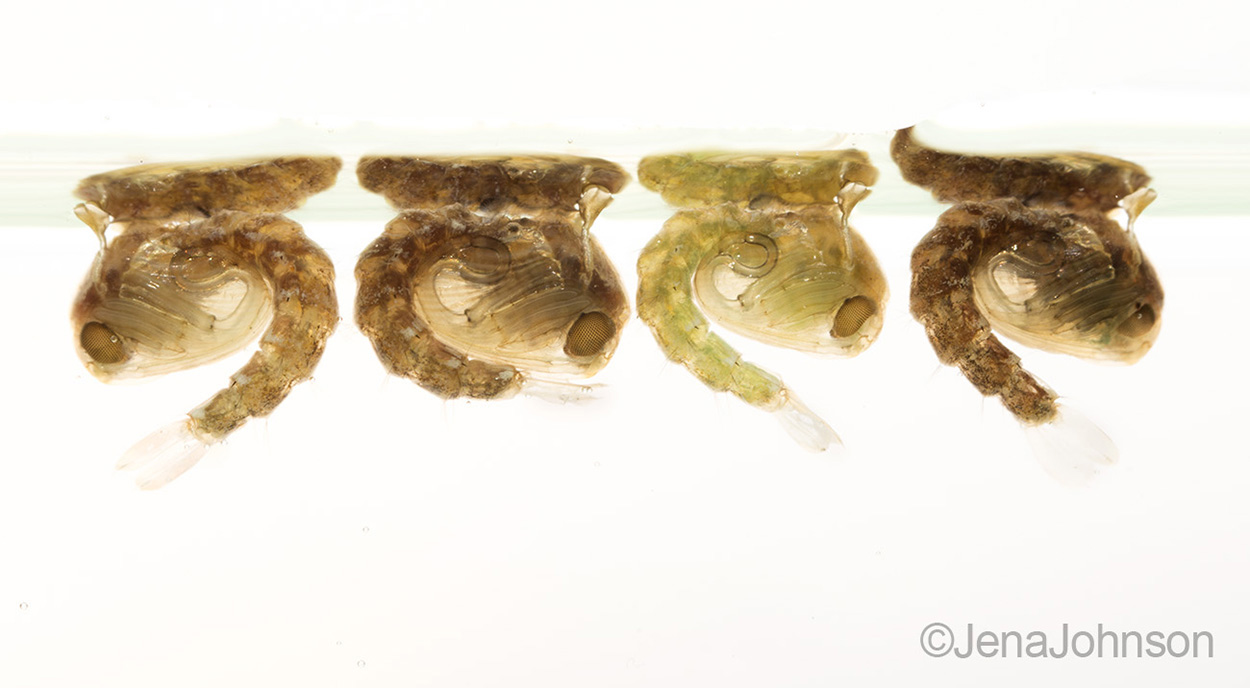
To most people, mosquitoes are a nuisance. To University of Georgia entomologist Michael Strand, learning about their development processes could lead to new approaches in mosquito control.
Strand, H.M. Pulliam Chair and professor in the Department of Entomology at the College of Agricultural and Environmental Sciences, has studied mosquitoes for the past decade, particularly how they transmit diseases to other animals — especially humans.
Mosquito larvae develop in small, aquatic habitats — like abandoned tires, birdbaths, flowerpots or those discarded red Solo cups from a weekend party — that can range from abundant and nutrient complete to poor. Regardless of how they get nutrients to grow, mosquitoes and most other animals, including humans, harbor microorganisms in their digestive tracts to form what is called the gut microbiota.
Earlier studies by Strand and his colleagues indicated that mosquitoes cannot grow normally beyond the larval stage without a gut microbiota, even when fed nutritionally complete diets. The underlying reason why, though, was uncertain.
Until now.
In a new study, recently published in the Proceedings of the National Academy of Sciences (PNAS), the research team reports that the gut microbiota is a source of certain essential vitamins. This sounds simple, but the unusual feature of the work is the discovery that certain vitamins are extremely unstable in aquatic environments, which results in gut microbes having to produce them continuously in order for organisms like mosquito larvae to grow.
Evidence supporting this conclusion required the development of a holidic — or chemically defined — diet and methods that allowed the researchers to control the composition of the gut microbiota in mosquito larvae. These tools, together with the ability to genetically manipulate the microbes in larvae, showed definitively that mosquitoes rely on gut microbes for certain essential vitamins.
“The study most excited me because ... we just didn’t understand what it was that gut microbes were providing that the larvae needed,” Strand explained.
“What our study brought home is that vitamin instability is a key factor in why aquatic organisms like mosquitoes are so dependent on their gut microbiota,” Strand said, adding that this could also apply to other aquatic organisms, such as fish.

To identify the factors the gut microbiota was producing, the study team set the stage by producing germ-free larvae that harbored no gut microorganisms. Defined nutrients were then added or removed from the larvae’s defined diets one by one until the researchers identified components that enabled germ-free larvae to grow again. The study team was then able to show that certain microbes in the gut could produce these needed components. Results also showed that certain bacteria were critical in providing a continual supply of certain unstable vitamins that were otherwise lost too rapidly from food in aquatic environments for larvae to grow.
The study also illustrated the importance of holidic diets in controlling microbiota composition and in knowing what vitamins individual microbes in a gut microbiota can produce for research purposes.
“Having complete control over gut microbiota composition when trying to understand the functions of these organisms in animal development is critical,” Strand emphasized. “As simple as this sounds, it is actually quite difficult to do for many animals, like humans, which is why there is a lot of ambiguity about gut microbiota function in people,” he said.
The findings of this study have now launched several new studies in the Strand lab, including work on determining how gut microbiota affects several metabolic and developmental processes in mosquitoes; how particular combinations of microbes enable mosquitoes to develop in the field where microbes likely produce many other factors besides vitamins; and how gut microbes promote or antagonize disease-causing organisms that mosquitoes transmit, such as the parasites that cause malaria and the virus that causes dengue fever.
The overall goal is to develop approaches that could be used for controlling mosquito populations and disease transmission.
The research for this study was supported by National Institutes of Health, United States Department of Agriculture National Institute of Food and Agriculture (USDA-NIFA) Hatch Project GEO00772 and the Pulliam endowment.
For more information on research in the Strand Lab, visit site.caes.uga.edu/strandlab.






